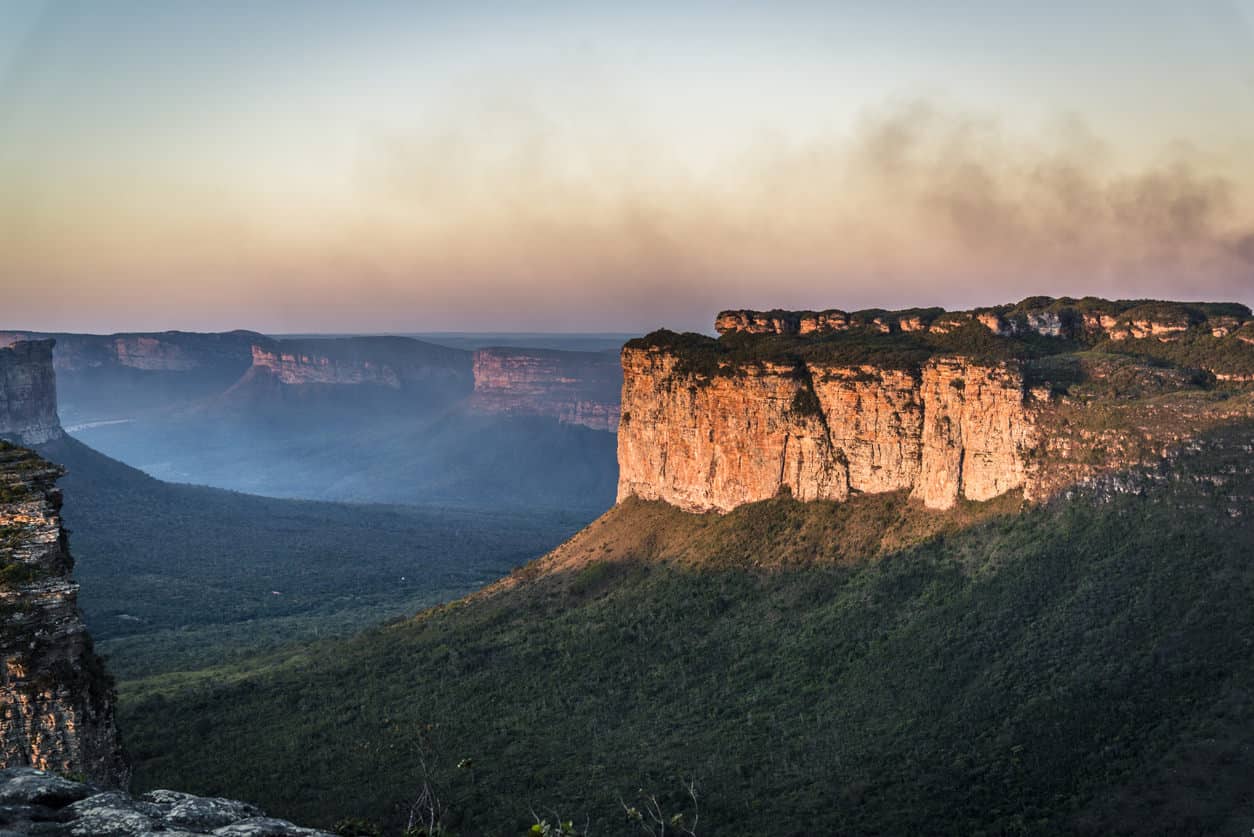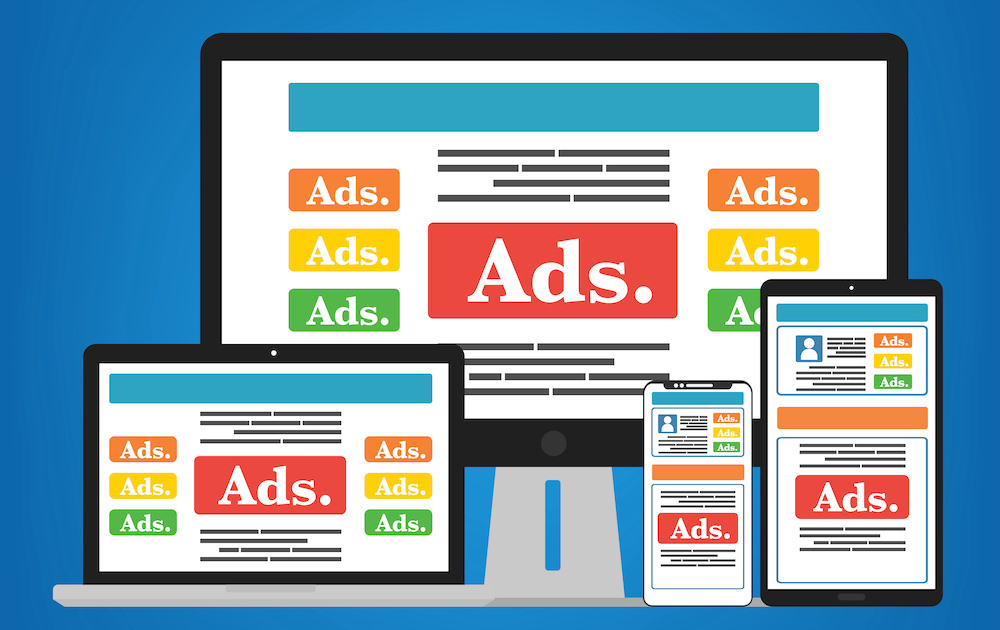
SEO expert says to client, “I have good news and bad news.”
The slightly alarmed client replies “give me the bad news first.”
SEO expert: “your website traffic hasn’t increased in 6 months.”
Client: “That sucks. What’s the good news?”
SEO expert: “your traffic didn’t go down.”
Search traffic plateaus are common.
As much as we’d all love hockey stick traffic growth every single month, it doesn’t work out that way in the long run.
Plateaus can be frustrating. You add new content and work on a site day-in and day-out but traffic doesn’t budge.
The plus side is traffic isn’t falling. Silver lining, right?
From early July, 2018, to the end of December 2018 I had an SEO traffic plateau. All through that time, I published a lot of new content. Reason would dictate that by adding new content, traffic would grow. Or so I thought, but it didn’t budge.
Fortunately, I kept at it. I’ve had plateaus before.
Come January 2019, I broke the plateau and have hit several record search traffic levels since. The upward trajectory continues, but I’m sure I’ll hit a plateau again sometime this year.
Here’s what I did before breaking the search traffic plateau
Please keep in mind that I’m not suggesting a causal connection between anything I did or didn’t do. At best, it’s a correlation. I’m merely telling you what I did before breaking the plateau but I’m not saying it’s proof it caused breaking the plateau or growing traffic.
Timeline of main events

1. Continued publishing new content
I didn’t stop publishing new content while overall traffic didn’t grow. I maintained the usual content volume. Head down, nose to the grindstone.
I have many more keywords to go after in the niche so there was no reason to stop.
2. Started improving/updating older content
I jumped on the improve and update older content bandwagon in 2018. I read too many compelling case studies as well as had colleagues show me their results to ignore this process for established sites. Moreover, it’s not gaming anything. It passes my sniff test. It makes sense to me that Google values content updates.
I’m still updating old content every day. I used to loathe the idea but now relish it given some gains I’ve enjoyed. Updating and improving is now a staple part of my weekly workflow.
3. Tightened up site structure
I put a lot of effort into tightening up my site structure. I created (and am still creating) custom category pages. These pages create hubs or sections where all related content is linked together. I make it as easy as possible for visitors and Google crawlbot to zip through thousands of posts on my site.
This was a big job and required a lot of planning. I’m doing this on two other fairly large sites now.
4. Hired a new content agency
In December 2018, I hired this content agency for two reasons. First, the results from a small order were very good. Second, in addition to writing content, they upload it into WordPress, format it and get photos. The backend WordPress service is a huge benefit that saves me hours of work. I use this content service to this day.
I doubt hiring this new service resulted in breaking a plateau, but I must say the quality is very good which hopefully will help future rankings.
5. Moved mobile site to Progressive Web App (PWA)
Actually, I switched to a PWA before the plateau started. When I switched to the PWA, organic search traffic poppped upward and grew nicely for several months. Then the plateau hit, which was odd. Nevertheless, the increased site metrics, improved mobile user experience and initial SEO boost was more than reason enough to stick with the PWA.
6. Improved ad revenue
During the plateau, I gave more premium ad placements to my number one header bidding ad network. This increased aggregate ad revenue nicely. This wasn’t the first time using the ad network. I had used them a couple years prior, but stopped due to technology limitations. When I resumed during the 2018 traffic plateau, the ad network had greatly improved the technology which delivered excellent results.
7. Ditched some thin content
I had some thin, crappy content on the site that didn’t get traffic and earned nothing. I deleted it or merged it with better-performing content. It wasn’t tons of content; probably around 50 posts or so. A lot of it was experimental that didn’t work so I either ditched it or merged it with content doing well.
I really don’t think this had anything to do with breaking the plateau, but I did renew efforts into social media. I subscribed to MeetEdgar and started posting to FB and Twitter daily. I loaded up Tailwind for Pinterest and Instagram. I cleaned up my Flipboard account and started posting there as well.
Social traffic hasn’t increased much (Pinterest is up a bit) and I really don’t think any of this impacted SEO… but it’s what I did so I’m telling you about it.
Here’s what I didn’t do
1. Built links
I ain’t gonna lie. It’s always tempting to build links because traffic growth can be meteoric. If done without Google catching on, they work. However, I resisted the urge and focused with on-site optimization only.
I choose to not to build links because it’s a risky practice. I know many bloggers do it for years without a problem. Maybe I’m paranoid, but I’m a casualty from the first Google update that targeted link building (Penguin 1 in April 2012). Once bitten, twice shy.
2. Stopped working on the site
I had no thought of slowing or stopping my time and money investment in the site during the plateau. In fact, the plateau motivated me to improve the site by updating older content and improving the site architecture/structure.
3. Implemented Automate updates
Only SEO’s would come up with this. No sooner does word gets out that updating the date of content is good for SEO, developers create and release plugins that automatically update the date on posts. I don’t do any of this. I only update the date of a post when content has been substantially updated. In fact, often I do minor updates and don’t change the date.
4. Changed hosting (or anything so drastic)
I’ve changed hosting a number of times over the years, usually for site performance reasons. It’s a big job migrating a handful of sites to new hosting. 1.5 years ago I migrated to Kinsta from WPEngine. It was a very good decision for me. My sites’ performance have never been better. I never considered switching hosting because I was in a plateau.
5. Hired an expensive SEO
Traffic stagnation or traffic loss is frustrating. I’ve hired expensive SEOs in the past, but it never helped. I’m not saying SEOs can’t be helpful; they can, but unless I was prepared to drop huge bucks, there wasn’t anything an SEO could have done.
I do think, however, if you have a massive budget like $10,000 to $20,000 per month, hiring a top-tier SEO outfit can help any site improve in the rankings, assuming the SEO agency really knows their on and off-site SEO.
6. Sell the site
I don’t think selling a site in a plateau is a terrible idea, especially if the topic is exhausted. It’s better than selling a distressed site (euphemism for a site going down in flames). I had people interested in buying it. I wasn’t ready to sell it. I wasn’t done building the site; there’s a lot more to add and improve. I’m an optimistic person and was convinced the site would one day grow again.
7. Drastically changed strategy
While I made site improvements, I didn’t change my strategy. I was confident what I was doing would fuel growth again at some time. I stuck with the plan.
That plan, which I follow today, is to publish plenty of content that targets longer tail, low competition keywords. It’s the strategy I teach in my course (with several ways to research and find those keywords). It’s a long term strategy that has served me well for a few years.
This is not to say you should never change your strategy. Sometimes a plateau or traffic loss is a sign something needs changing. I did change the structure of some content that wasn’t doing as well as I’d hoped, but this falls under improving content instead of a strategic change.
What actually broke the plateau?
That’s anyone’s guess.
I think it was a combination of continually adding decent content, updating old content and improving site architecture PLUS the annual January bump.
I’ve noticed over the years that sites often enjoy a bump in traffic and renewed upward trajectory in January. I’m not talking about restoring traffic from the December lull either. I’m talking about restoring the December lull plus then some.
What does this mean for you?
It seems to me the following is good for large niche sites:
- Setting up tight site architecture
- Updating and improving content so that it’s the best it can be
- Continue adding content if you have more relevant keywords to target.
As for social media, I’m on the fence as to how helpful that is for SEO. I do post to social media, especially Pinterest, because it drives traffic, but does posting to FB for a tiny trickle of traffic help? Who knows?
I do believe buying a decent amount of Facebook traffic to content can help SEO due to the huge exposure it gets. But that’s not usually feasible for niche sites.

Jon Dykstra is a six figure niche site creator with 10+ years of experience. His willingness to openly share his wins and losses in the email newsletter he publishes has made him a go-to source of guidance and motivation for many. His popular “Niche site profits” course has helped thousands follow his footsteps in creating simple niche sites that earn big.






It would be interesting to see what was going on in Google Search Console in terms of impressions, clicks and the average position. In theory, If you published more content then the impressions should not be on the plateau, just clicks should be constant.
That would seem logical, but I can’t help but question the data we get in GSC.. For starters, the ranking data is almost always off. I’ve had times where GSC will show a keyword average position decrease drastically, while impressions and clicks increase.